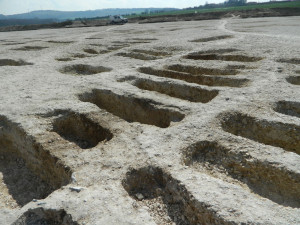The Viking Great Army in England: Torksey, treasure and towns
Tuesday 3 May 2016, 5.30PM
Speaker: Julian Richards
From AD 865 to 879 a Viking army wreaked havoc on the Anglo-Saxon kingdoms, leading to political conquest, settlement on a substantial scale, and extensive Scandinavian cultural and linguistic influences in eastern and northern England. This critical period for English history led to revolutionary changes in land ownership, society, and economy, including the growth of towns and industry, while transformations in power politics would ultimately see the rise of Wessex as the pre-eminent kingdom of Anglo-Saxon England.
Read the rest of this article...



